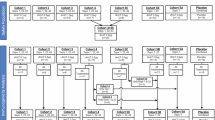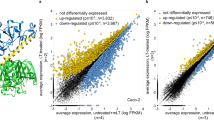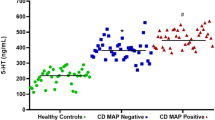Abstract
Escherichia coli heat-labile enterotoxin (LT) is composed of catalytic A and non-catalytic homo-pentameric B subunits and causes diarrheal disease in human and animals. In order to produce a nontoxic LT for vaccine and adjuvant development, two novel derivatives of LT were constructed by a site-directed mutagenesis of A subunit; Ser63 to Tyr63 in LTS63Y and Glu110, Glu112 were deleted in LT Δ 110/112. The purified mutant LTs (mLTs) showed a similar molecular structural complex as AB5 to that of wild LT. In contrast to wild-type LT, mLTs failed to induce either elongation activity, ADP-ribosyltransferase activity, cAMP synthesis in CHO cells or fluid accumulation in mouse small intestine in vivo. Mice immunized with mLTs either intragastrically or intranasally elicited high titers of LT-specific serum and mucosal antibodies comparable to those induced by wild-type LT. These results indicate that substitution of Ser63 to Tyr63 or deletion of Glu110 and Glu112 eliminate the toxicity of LT without a change of AB5 conformation, and both mutants are immunogenic to LT itself. Therefore, both mLTs may be used to develop novel anti-diarrheal vaccines against enterotoxigenic E. coli.
Similar content being viewed by others
Article PDF
Author information
Authors and Affiliations
Rights and permissions
This is an Open Access article distributed under the terms of the Creative Commons Attribution Non-Commercial License (http://creativecommons.org/licenses/by-nc/3.0/) which permits unrestricted non-commercial use, distribution, and reproduction in any medium, provided the original work is properly cited.
About this article
Cite this article
Park, E., Chang, J., Kim, J. et al. Development of two novel nontoxic mutants of Escherichia coli heat-labile enterotoxin. Exp Mol Med 31, 101–107 (1999). https://doi.org/10.1038/emm.1999.17
Published:
Issue date:
DOI: https://doi.org/10.1038/emm.1999.17



